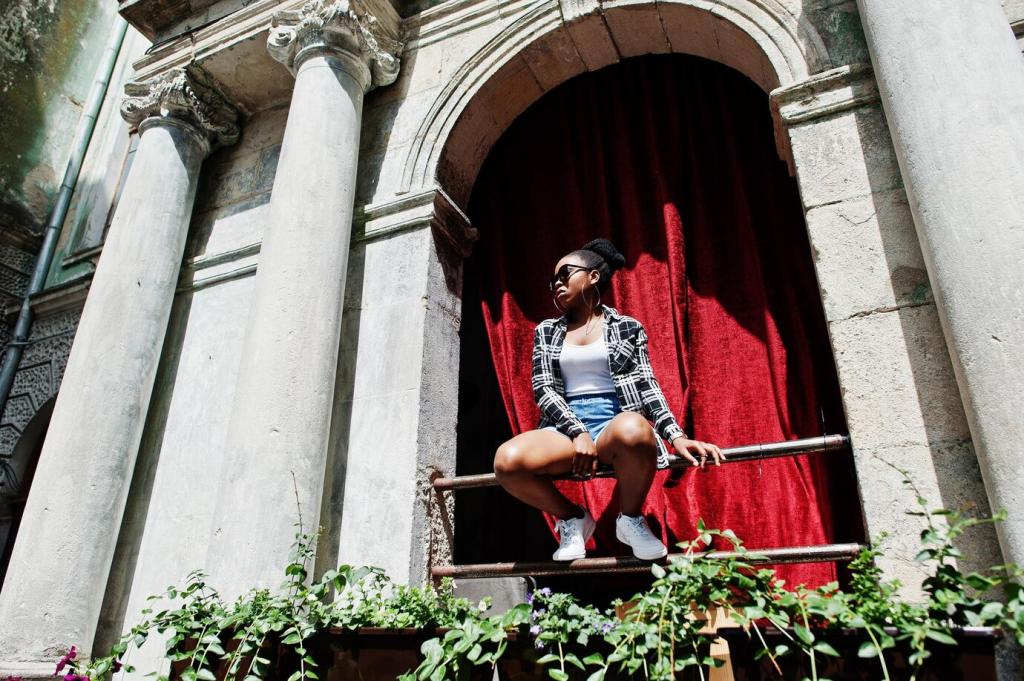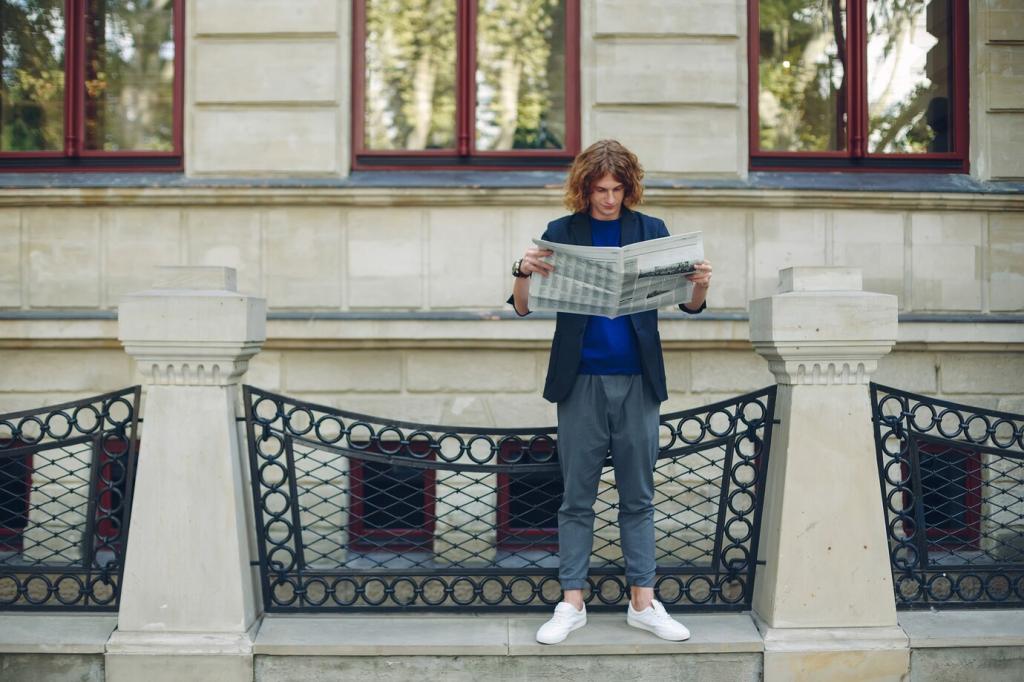
From Canvas to Screen: Transforming Classic Art
Today’s theme: From Canvas to Screen: Transforming Classic Art. Step into a living gallery where brushstrokes breathe on your devices, stories unfurl between pixels, and you help shape how timeless masterpieces speak to a digital age.

Why Classic Art Thrives on Screens
Zooming into a canvas on your phone reveals hairs of a brush and tiny retouches you’d miss in a crowded gallery. Share your first digital encounter with a masterpiece and how it changed your understanding.
Why Classic Art Thrives on Screens
High-resolution imaging, careful color management, and noninvasive scans translate paint layers into faithful files. Subscribe to follow behind-the-scenes workflows that keep patina, cracks, and nuance honest while preparing artworks for meaningful screen experiences.
Digitization and Restoration: Preserving the Past for Tomorrow
Gigapixel files capture textures smaller than a seed of dust, supporting researchers and casual viewers alike. Many museums release open-access images for study and reuse—bookmark your favorites and tell us which project helped you learn most.
Animating the Still: Motion, Sound, and Story
Parallax, 2.5D depth, and gentle glints on armor can suggest life without gimmicks. Imagine ripples on a painted sea barely stirring. Try our motion test on a favorite artwork and share whether it deepened your attention.
Interactivity: Touching History without Alarms
Swipe a slider to reveal before-and-after cleaning, or toggle infrared to glimpse underdrawings. Which comparison most changed your perspective on an artwork’s making? Share screenshots and reflections to guide our next interactive build.

Education and Access: Museums Without Walls
Classrooms Meet Galleries
Teachers now pair close-looking exercises with zoomable images and primary sources. Students annotate brushstrokes instead of only dates. Educators, subscribe for lesson templates and share what worked in your syllabus to help peers everywhere.
Accessibility as Design
Alt text, captions, transcripts, and screen-reader friendly structures bring paintings to more people. Help us refine inclusive descriptions—tell us which sensory details matter most when translating a complex canvas into words on a screen.
Global Midnight Museum
Time zones no longer block entry. Livestreams, recorded talks, and chat Q&As welcome night owls and early birds equally. Comment where you’re viewing from, and we’ll schedule our next event to meet your clock.
Creative Reinterpretations: Remixing with Respect
Contemporary Artists in Conversation
Digital creators reimagine Botticelli or Vermeer to explore modern identities, climate anxieties, or networked intimacy. If you remix a classic, tell us your research process and how you honor sources while adding an original lens.
Fan Culture and Memes
Playful memes can invite new audiences to care about centuries-old images. Keep credits visible and citations clear. Tag your favorite respectful remix, and we’ll feature community picks with context for curious newcomers.
From Game Engines to Galleries
Recreating historic interiors in real-time engines lets viewers walk through imagined studios and chapels. Gamers, nominate a painting you’d like to explore spatially, and we’ll prototype an explorable vignette based on community votes.
The Future: AI, Metadata, and Meaning
AI as Magnifying Glass, Not Author
Use AI to upscale, denoise, or predict missing fragments with clear labels and provenance. Where should we mark boundaries between assistance and creation? Tell us how credits and captions should disclose algorithmic involvement.
Smart Metadata, Smarter Discovery
Structured metadata and knowledge graphs link places, people, techniques, and themes across collections. Suggest tags you wish existed, and we’ll pilot a community taxonomy project to improve search pathways between related masterpieces.
Sustainable Pixels
Digital art projects should respect the planet. We optimize images, cache intelligently, and prefer green hosting when possible. Pledge your eco-tip for responsible viewing and archiving, and help us keep cultural access sustainable.
